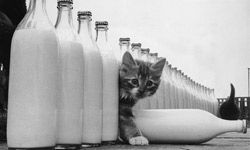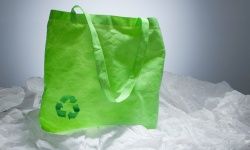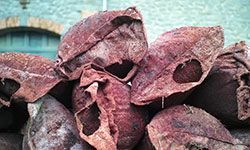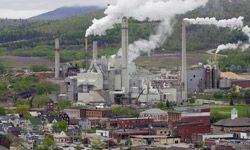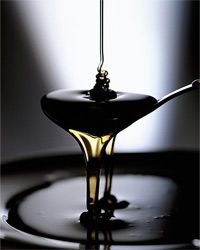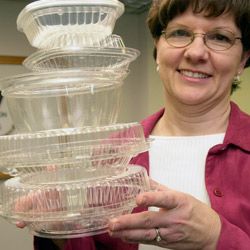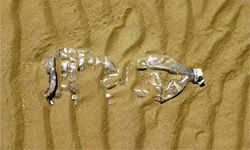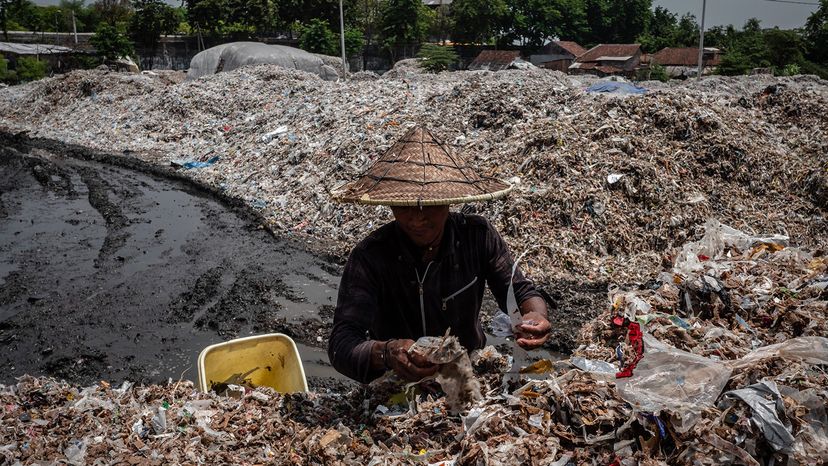
Back in 1907, Leo Baekeland invented a new material, Bakelite, that was the first true synthetic plastic, composed of molecules not found in the natural world. It was an amazing breakthrough. Bakelite was durable and heat resistant and could be molded into almost any shape. People called it "the material of a thousand uses" [source: Science History Institute].
That turned out to be an understatement. Today, plastics are one of the cornerstones of modern technological civilization — tough, flexible durable, impervious to corrosion, and seemingly endlessly versatile. However, there are downsides to its prevalence. That's why plastic alternatives are worth finding.
Advertisement
For now, plastic objects are all around us, from the food containers and bottles of milk and soda that we buy at the supermarket, to the countertops in our kitchens and the linings of our cooking pans. We wear clothes fashioned from plastic fibers, sit on plastic chairs, and travel in automobiles, trains and airplanes that contain plastic parts. Plastics have even become an important building material, used in everything from insulated wall panels to window frames [source: American Chemistry Council]. We continue to find new uses for plastic all the time.
Our dependence upon plastic also has an increasingly serious downside, because we make so much of it, and throw so much of it away. Of the 9.1 billion tons (8.3 billion metric tons) of plastic that the world has produced since 1950, 6.9 billion tons (6.3 billion metric tons) has become waste, and only 9 percent of that has been recycled. The rest ends up in landfills and in the world's oceans, where plastic pollution is ravaging wildlife and washing up on beaches. About 40 percent of the waste is discarded packaging [source: Parker].
But there's a way to fix this because more eco-friendly alternatives to plastics are out there. Here are 10 of them.
